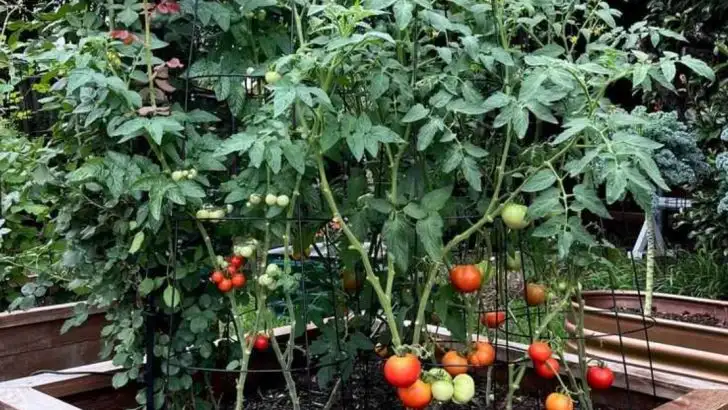Not all vegetables are created equal when it comes to where they grow best. While raised beds offer excellent drainage, soil control, and ease of access, certain crops actually prefer the freedom and depth of growing directly in the ground. Knowing which vegetables to plant where can mean the difference between a so-so harvest and an abundant one.
Some plants thrive when given the rich, loose soil of a raised bed, where their roots can spread easily and stay protected from compaction. Others need the deeper root space and natural ecosystem of the ground to reach their full potential. Matching each vegetable to its ideal growing environment is a smart way to maximize both yield and plant health.
In this article, I’ll share 8 vegetables that consistently perform better in raised beds, plus 6 that flourish when planted in the ground. Whether you’re building new beds or refreshing your existing garden, these tips will help you grow stronger, more productive vegetables all season long.
Carrots
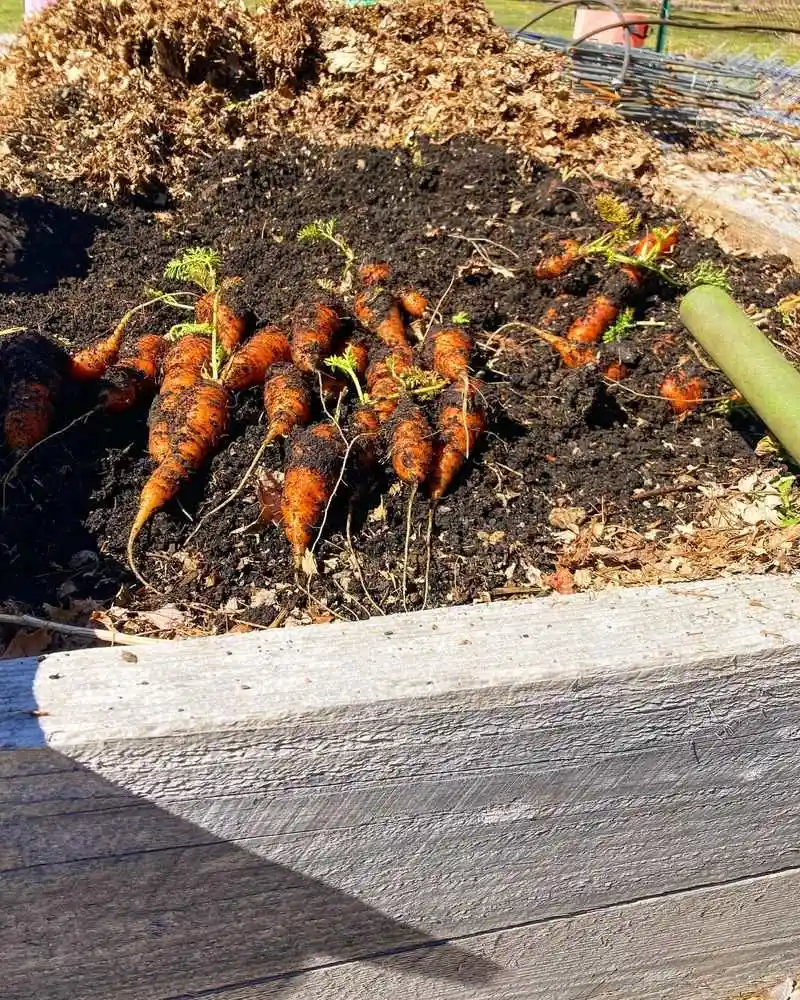
Carrots appreciate the loose, well-drained soil of raised beds, where their roots can stretch without obstruction. In compacted ground, they often grow crooked or short. Raised beds offer a consistent environment, free from stones and debris that can hinder their development. For those seeking perfectly formed carrots, this method is ideal. Not only does it ease the harvesting process, but it also protects these veggies from ground-dwelling pests. The ability to control soil quality ensures sweeter, more flavorful carrots. If you’re after vibrant, straight roots, raised beds are a gardener’s best ally.
Lettuce
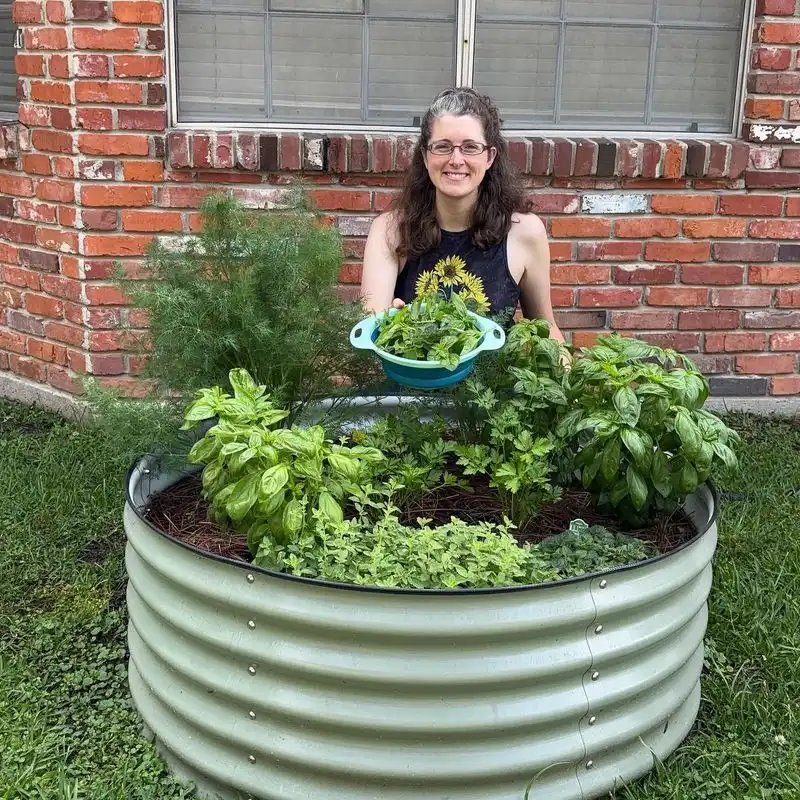
Lettuce thrives in raised beds due to its shallow root system and preference for well-aerated soil. These elevated gardens provide excellent drainage, essential for preventing root rot. By growing lettuce in raised beds, gardeners can easily manage soil temperature, extend the growing season, and protect the greens from pests like slugs. The height of the bed keeps plants cleaner, reducing the need for excessive washing. With the ability to sow seeds densely, raised beds can produce abundant, crisp leaves. For urban gardeners with limited space, they offer a practical and efficient solution.
Radishes
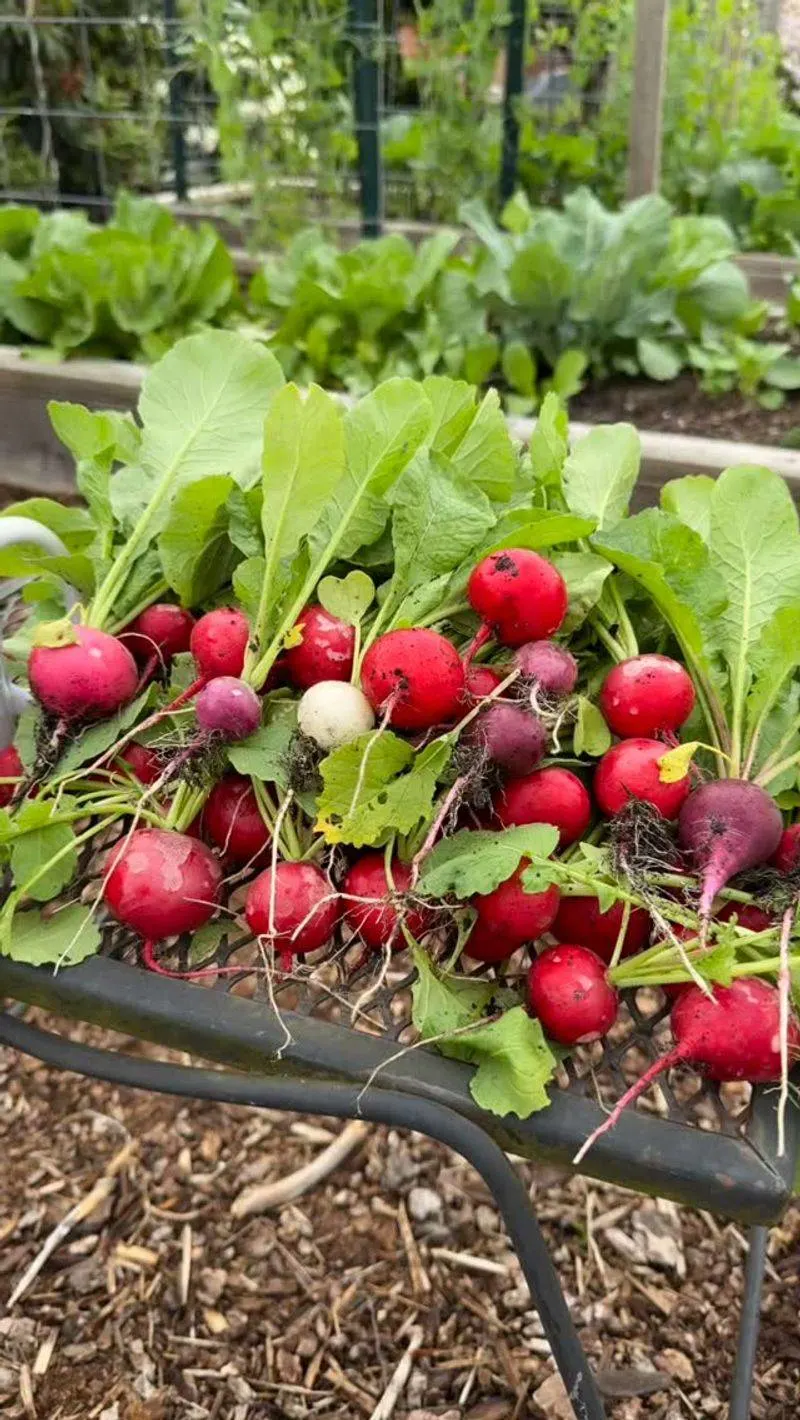
Radishes are quick-growing root vegetables that excel in the controlled environment of raised beds. They require loose, fertile soil to develop their globular shape without impediments. Raised beds facilitate this by allowing for soil customization and optimal drainage. With the ability to plant in succession, gardeners can enjoy a continuous harvest throughout the season. Raised beds also minimize weed competition, giving radishes the spotlight they need to flourish. For those looking for a fast and rewarding crop, these beds are unmatched. Their high yield potential makes them a favorite among home gardeners.
Beets
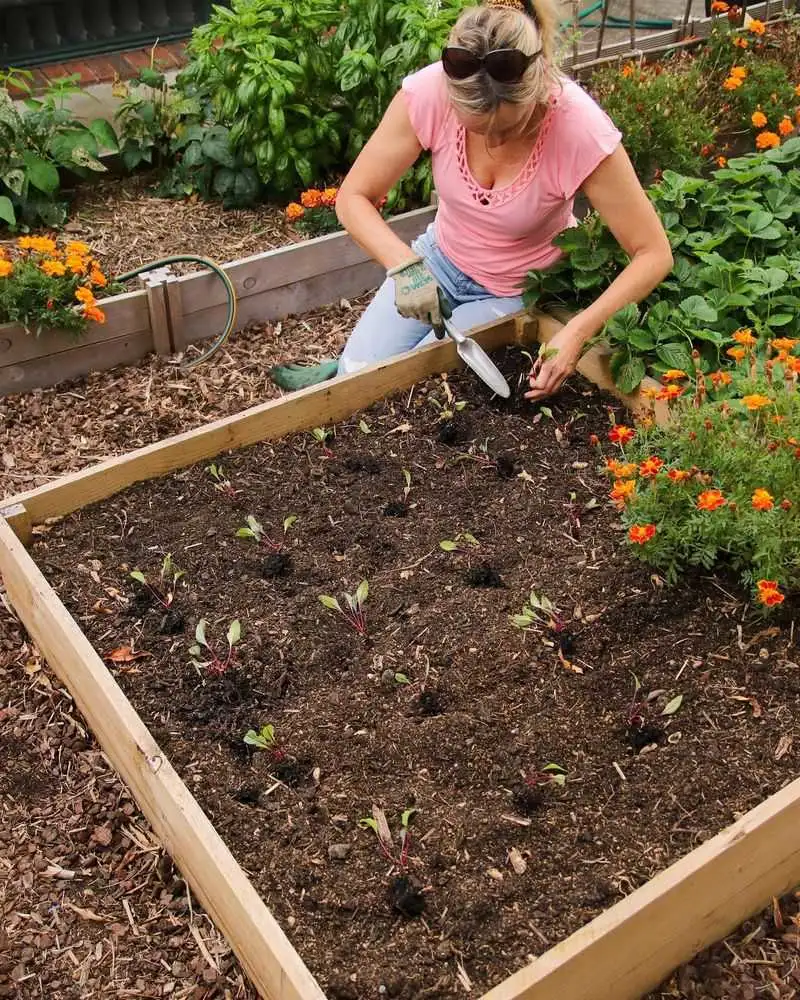
Beets benefit immensely from the consistent soil conditions provided by raised beds. The loose soil allows their bulbs to expand fully, leading to a more uniform crop. Raised beds also facilitate better drainage, crucial for preventing rot in these root vegetables. By controlling the soil mix, gardeners can ensure a high nutrient content, enhancing the beets’ sweetness and flavor. The elevated position also makes it easier to keep an eye on pests and diseases. For those passionate about vibrant, flavorful beets, the raised bed method is a standout choice for success.
Tomatoes
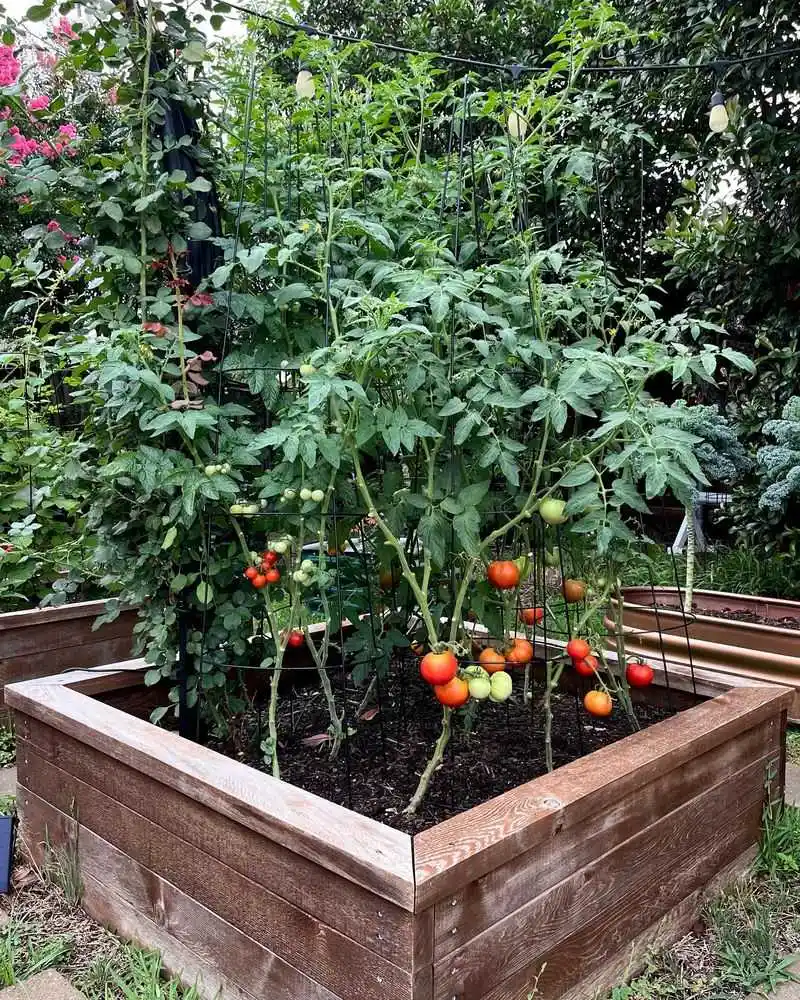
Tomatoes love the warmth, and raised beds provide the perfect environment for them to thrive. These beds heat up faster in the spring, giving tomatoes a head start. Improved drainage and soil aeration contribute to healthier root systems. In a raised bed, it’s easier to control soil fertility, ensuring tomatoes get the nutrients they need for robust growth. These structures also allow for better staking and support systems, essential for heavy fruit-laden branches. Plus, they offer a tidy appearance, making it easy to manage sprawling tomato plants. Raised beds are truly a tomato grower’s dream.
Peppers
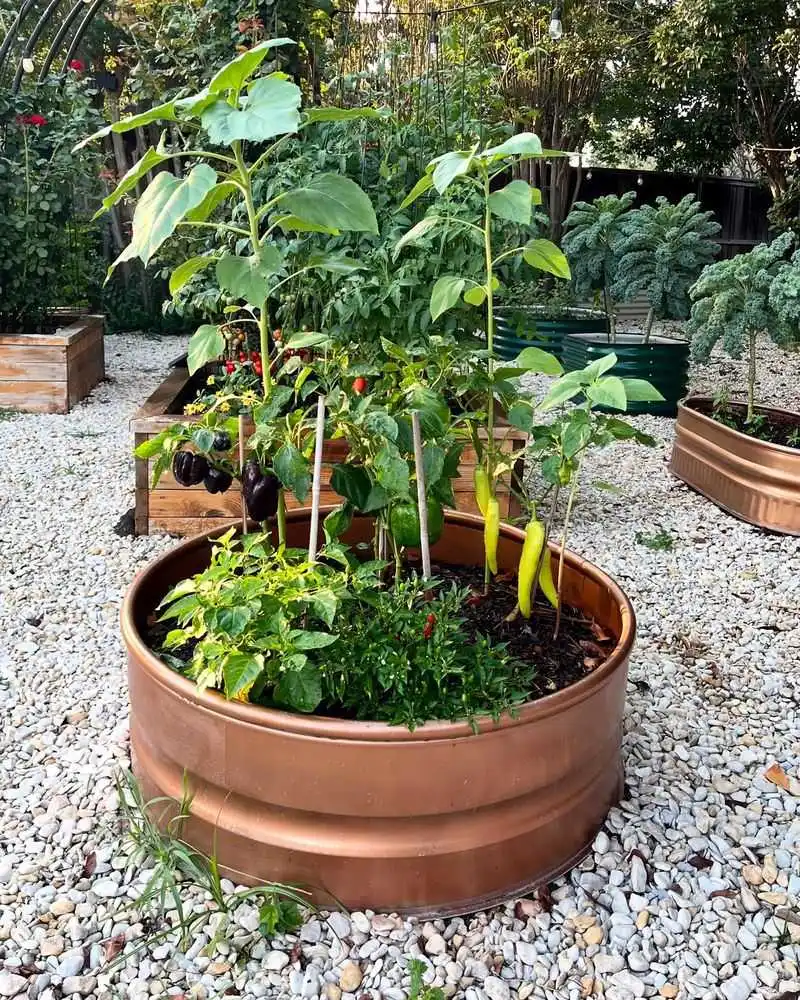
Peppers are sun-lovers, and raised beds offer the warm, fertile ground they crave. By absorbing heat more efficiently, these beds provide the ideal conditions for peppers to flourish. The controlled environment allows for precise watering and feeding, promoting vigorous growth. Raised beds also help in preventing soil-borne diseases and pests. With their compact growth habit, peppers fit perfectly in smaller spaces, making them a great choice for urban gardens. Whether you prefer sweet or spicy varieties, raised beds enhance their flavor and yield. For an abundant pepper harvest, look no further than raised beds.
Spinach
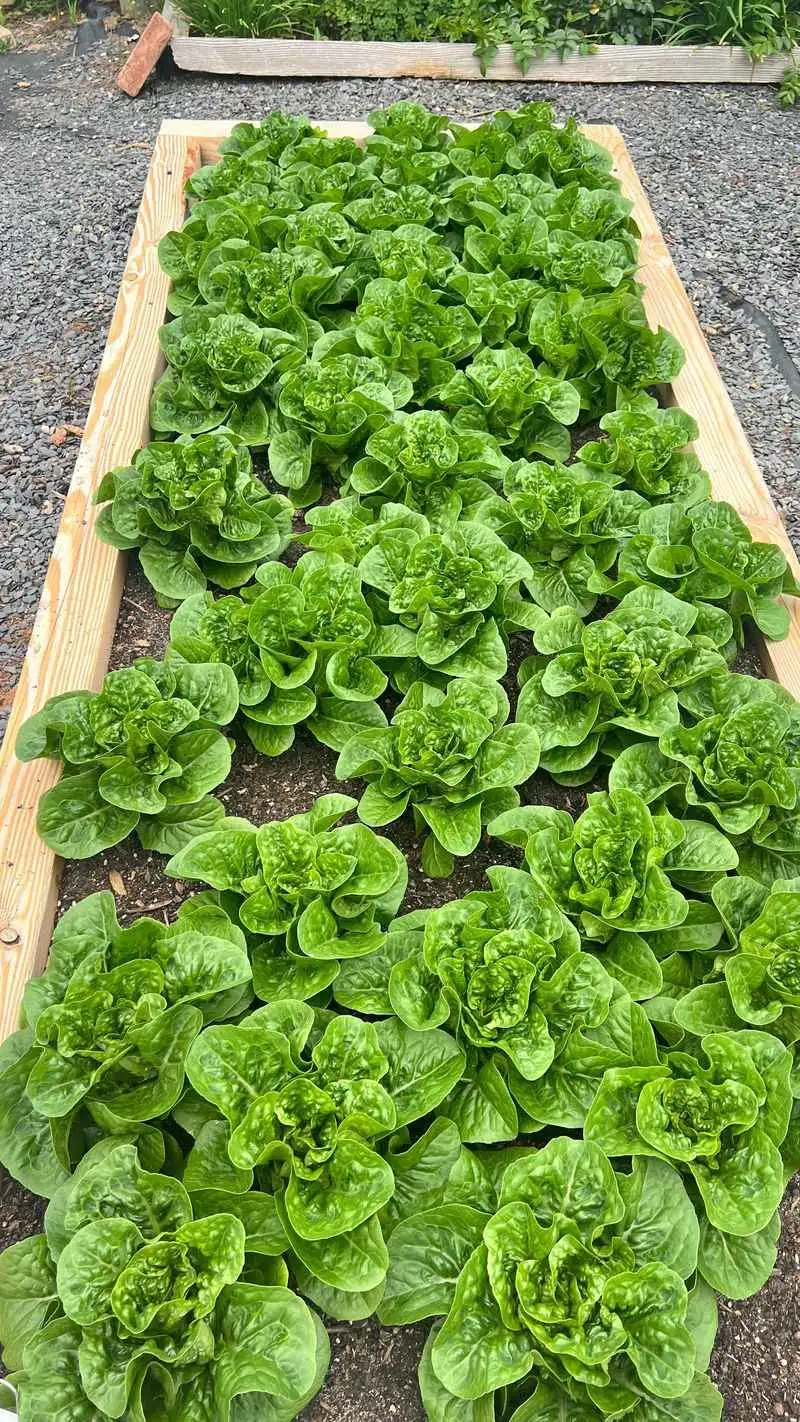
Spinach is a cool-season crop that prospers in the rich, well-drained soil of a raised bed. The elevated structure allows for better air circulation, reducing disease risk. Raised beds can be filled with nutrient-dense soil, vital for spinach’s rapid growth. Regular harvesting is made simple by the accessibility of raised beds, encouraging continuous leaf production. This method also deters pests, as the height can be a barrier. Spinach lovers will appreciate the ease with which they can cultivate lush, healthy leaves. For a thriving spinach patch, raised beds offer undeniable advantages.
Strawberries

Strawberries thrive in raised beds due to their need for excellent drainage and rich soil. The raised structure prevents waterlogging, which can cause root rot. By elevating the plants, strawberries are kept cleaner and less susceptible to soil-borne diseases. The warmth of the raised bed encourages faster fruiting and sweet, juicy berries. Additionally, the bed’s height reduces pest access, particularly from ground insects and animals. With the ability to control the soil quality, gardeners can ensure a bountiful harvest. Raised beds provide the perfect conditions for these delightful fruits to shine.
Corn
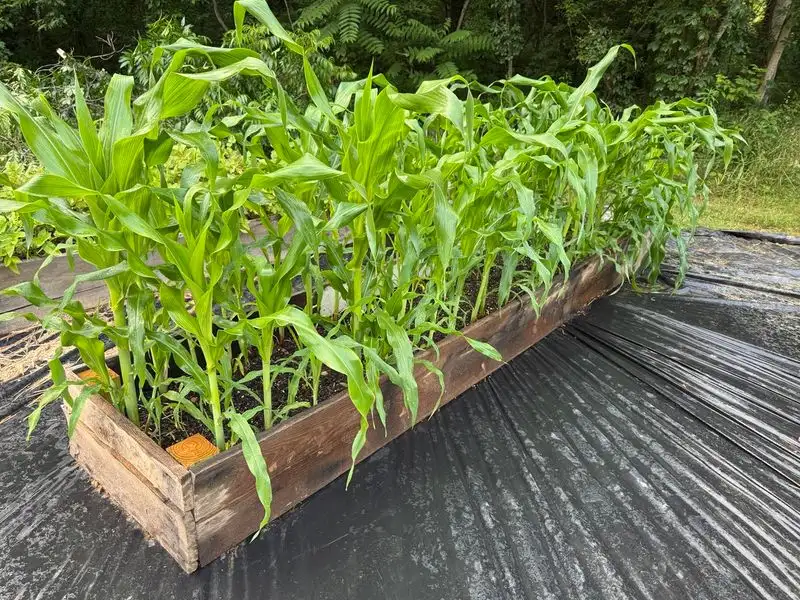
Corn requires plenty of space and nutrients, making it more suited to traditional ground planting. With their tall stature and deep roots, corn plants thrive in the expansive environment the ground provides. This method allows for efficient wind pollination, crucial for a successful crop. The unrestricted space enables corn to access a range of nutrients and moisture, fostering robust growth. Ground planting also accommodates the heavy nutrient demands of corn. For those seeking towering, healthy stalks, planting in the ground is the way forward. Ground-grown corn is a staple in large garden plots.
Potatoes

Potatoes are a staple that perform exceptionally well in the ground. The deep, loose soil allows these tubers to expand as needed. Ground planting supports the heavy nutrient load potatoes demand, promoting larger yields. The earth acts as natural insulation, safeguarding the plants against temperature fluctuations. Harvesting is straightforward, as tubers can be gently dug out without disrupting neighboring plants. Ground cultivation is ideal for large-scale potato production. With room to spread, potatoes thrive and produce abundantly. Those committed to a robust potato crop will find ground planting highly rewarding.
Pumpkins

Pumpkins need plenty of room to sprawl, making ground planting the optimal choice. Their vines require space to spread, and the ground provides the necessary area for them to thrive. The earth’s natural moisture retention supports the pumpkin’s growth cycle. In addition, pumpkins benefit from the soil’s rich nutrient content, which aids in producing large, healthy fruits. Ground planting accommodates their extensive root systems, ensuring stability and nourishment. For gardeners seeking impressive, sizable pumpkins, the open ground is the best environment. A traditional pumpkin patch is a sight to behold.
Squash

Squash plants are robust and flourish when planted directly in the ground. Their extensive root systems benefit from the ground’s ample space and nutrient availability. Traditional planting allows these vines to expand and produce numerous fruits. The natural environment helps maintain the steady moisture levels squash needs. The ground’s soil structure supports the plant’s vigorous growth habits, resulting in a bountiful harvest. For those aiming to cultivate diverse squash varieties, ground planting provides the required conditions. Direct soil contact enhances flavor and growth, making ground planting the preferred method for squash.
Watermelons

Watermelons require space and warmth, which the ground garden readily provides. Their long vines need room to stretch, and the ground allows for unrestricted growth. The earth retains heat, promoting the fruit’s development and sweetness. With adequate space for their extensive root systems, watermelons thrive and produce large, juicy fruits. Ground planting supports their heavy feeding needs, ensuring robust plant health. The expansive ground acts as a natural cushion, protecting the fruit from damage. For those desiring plump, sweet watermelons, planting in the ground is the best choice.
Zucchini

Zucchini is a prolific producer that excels in ground gardens. Their bushy plants appreciate the space to expand, supported by the rich soil that supplies essential nutrients. Ground planting allows for easy access to moisture, crucial for their rapid growth. These robust plants can spread comfortably, leading to a higher yield. The ground provides stability and room for their roots to anchor. For gardeners who value quantity and quality, planting zucchini in the ground is an excellent choice. It’s an ideal method for those seeking a reliable and productive vegetable crop.

